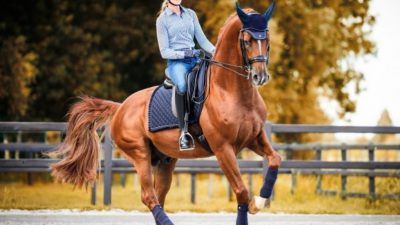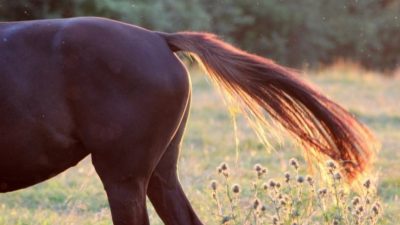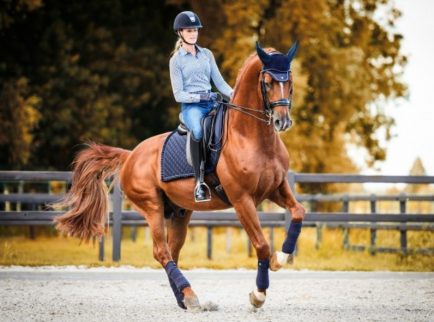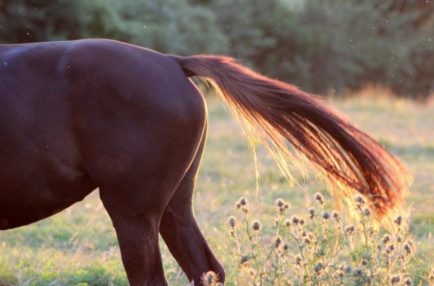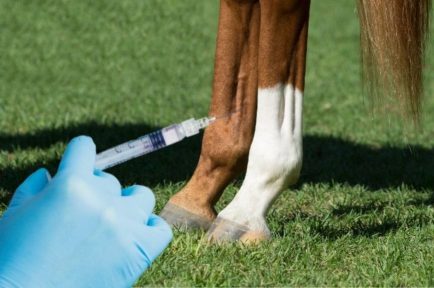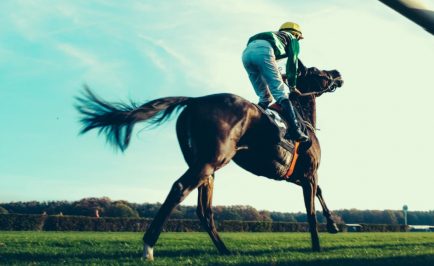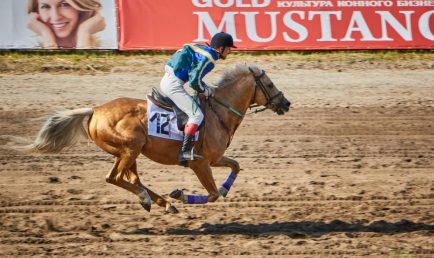Q: I understand that many people breed for coat color and they will go to great measures to choose appropriate stallions or broodmares. But what about white markings, such as socks or bald faces? Are they also genetic? In other words, if both the sire and dam have four white socks, for example, does the foal have an increased chance of having them, too? If so, is this true across all breeds?
A: This is a somewhat tricky question. One way to look at this issue is to break it down even further. Genetics does seem to have an answer for, “Will the foal have white markings?” However, at this point, we don’t yet have an answer for the second question, “What will those specific white markings be?”
Investigators are finding more and more single genes that result in white markings. In general, the markings are going to be more extensive on chestnuts, least extensive on blacks and intermediate on bays. This can complicate the issue. For example, two black horses who have four white socks and bald faces could be mated together and easily produce a chestnut foal with loud splashes of white on the body. Add to that the fact that different breeds often have slightly different genetic machinery to pull off this trick, and the details get pretty muddy pretty fast.
So while the broad answer is Yes, the tendency for white markings is genetic, the detailed level of knowledge that allows us to accurately predict the marks that will appear on the next foal is far from here yet.
D. Phillip Sponenberg, DVM, PhDVirginia Maryland Regional College of Veterinary MedicineBlacksburg, Virginia
Original article: Are Markings Inherited? (equusmagazine.com)
www.royalequestriancollection.com – check our website to purchase and enjoy our products for your horses and you.










